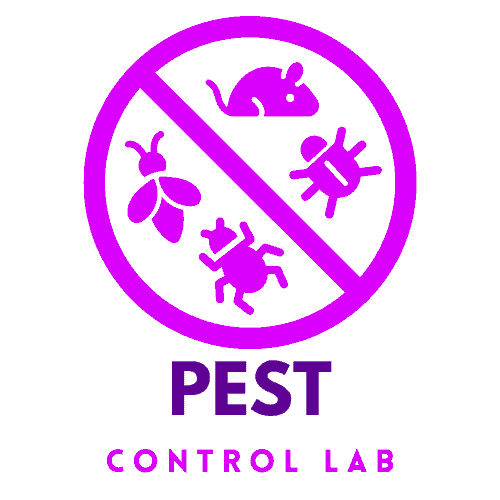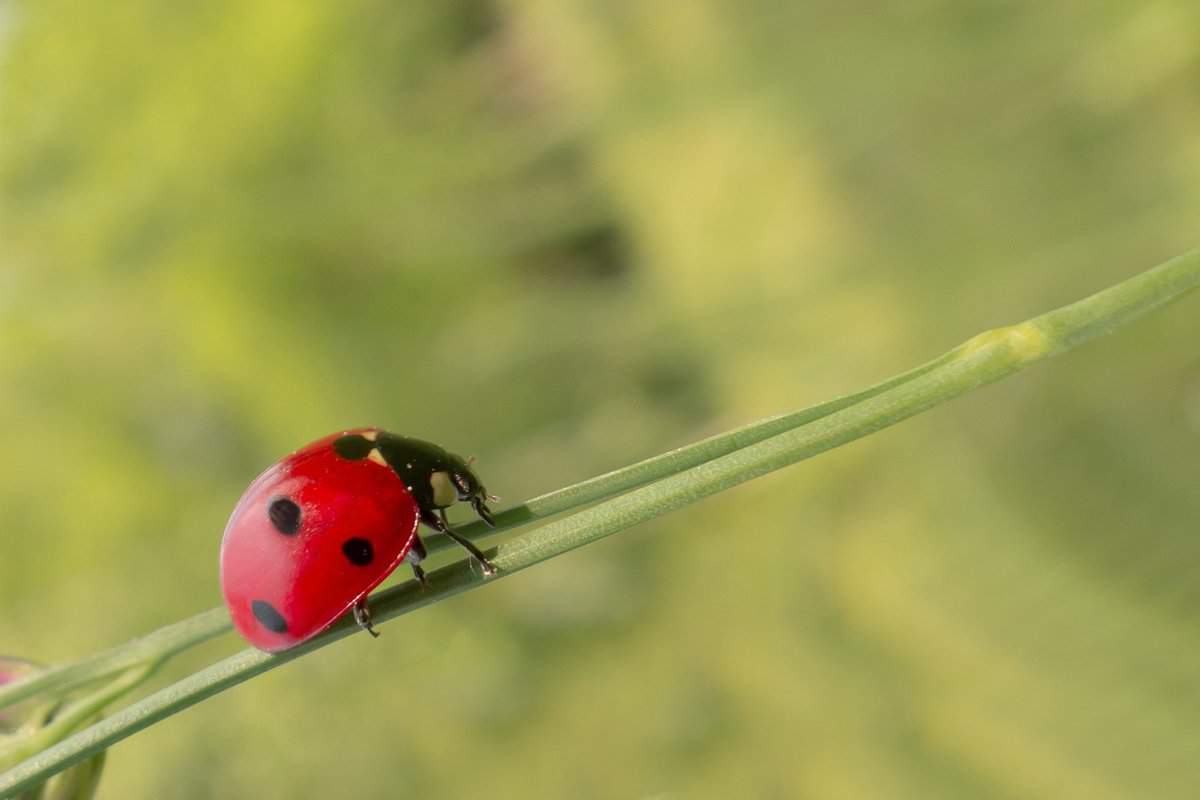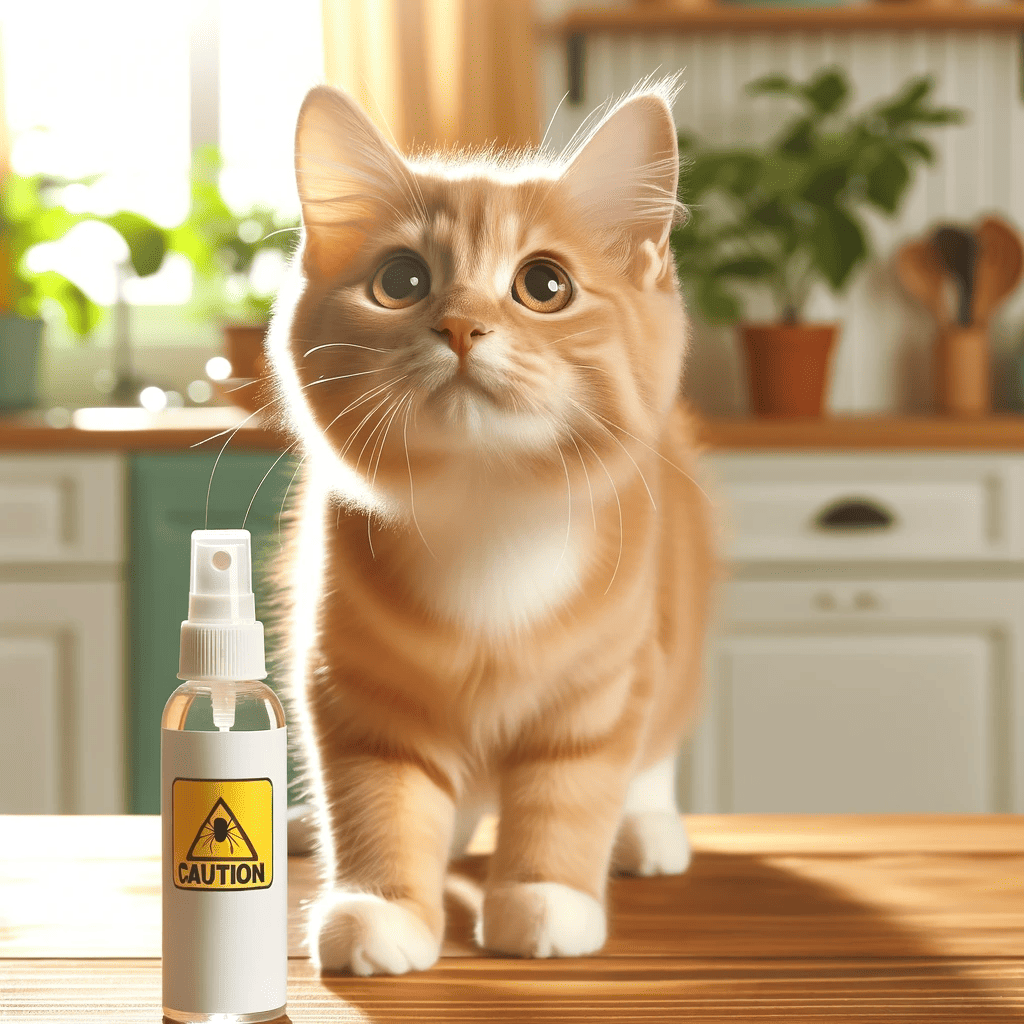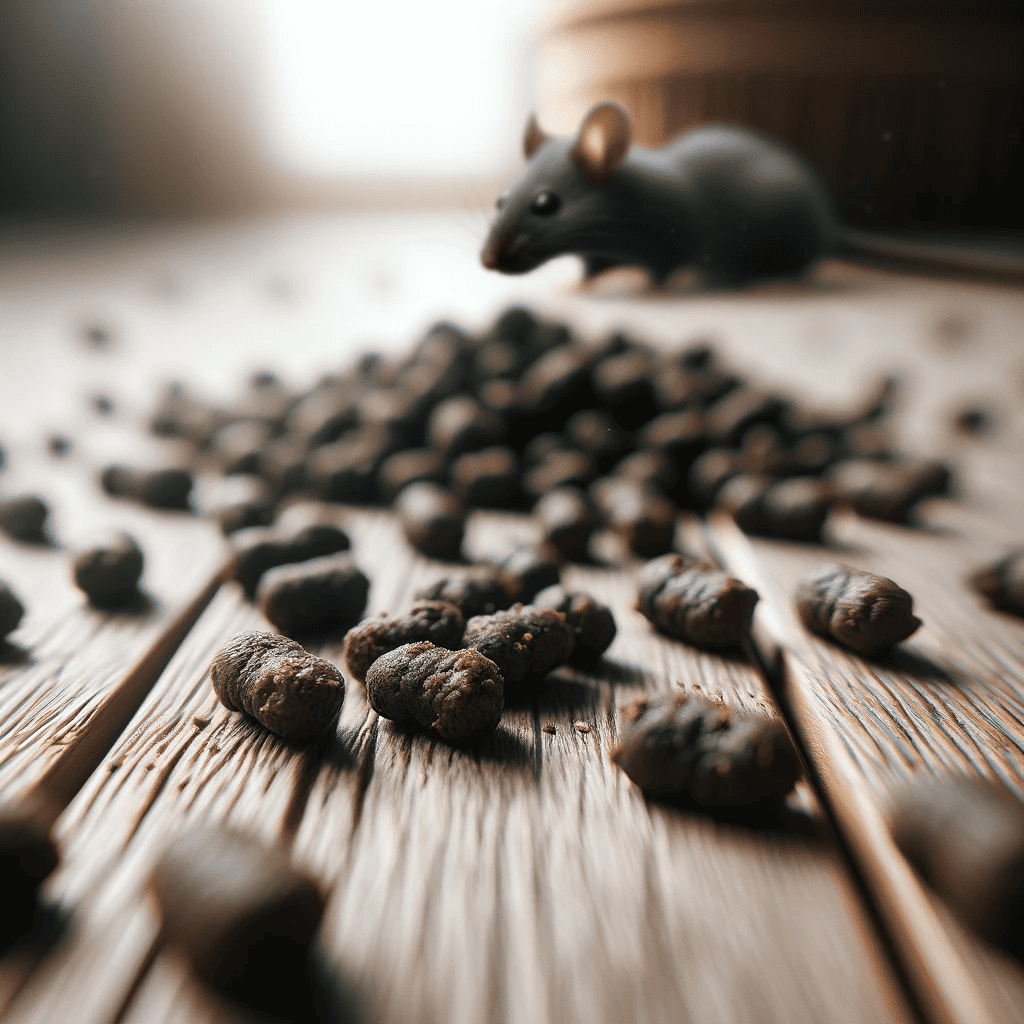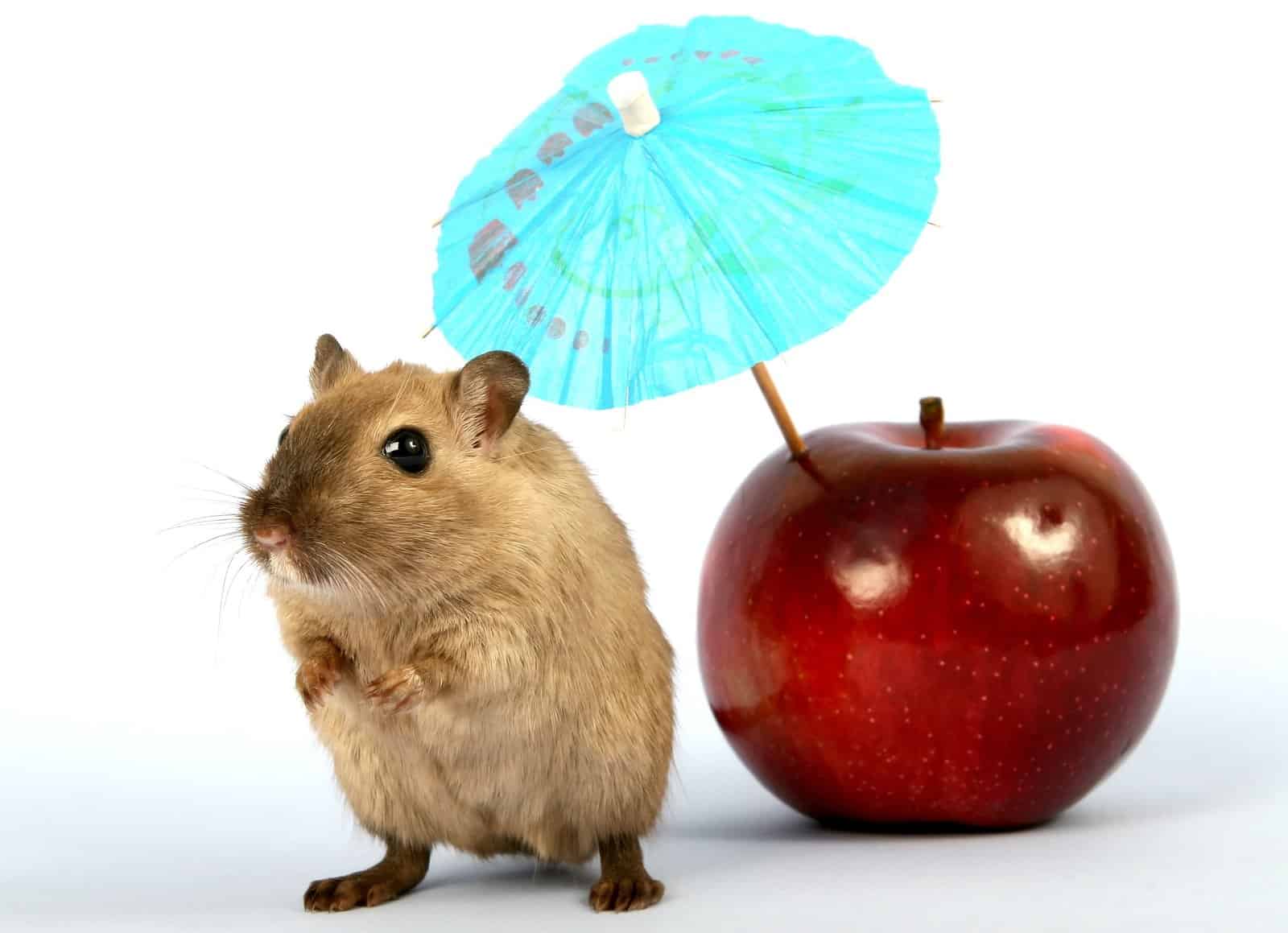Innovative Pest Management: Keeping Your Home Safe for All
Introduction
Navigating the realm of pest control in a world bustling with the innocent energy of children and the playful antics of pets can be a tightrope walk. Modern pest control practices have evolved, focusing on a crucial balance – effectiveness against pests and safety for our young and furry family members. This article delves into innovative strategies that diminish reliance on harsh chemicals, ensuring a pest-free, child-friendly, and pet-safe environment. We’ll explore how these contemporary methods address pest issues and safeguard the health and well-being of our most vulnerable.

Pest Control: A Modern Approach
In the contemporary pest control landscape, the shift towards environmentally considerate and safe methods for families is not just a trend but a necessity. The modern approach transcends the traditional reliance on harsh chemicals, which pose risks to the more vulnerable members of the family – notably children and pets. With their curious hands and paws, these young explorers are often the first to come into contact with chemical treatments, making non-toxic solutions imperative.
The cornerstone of modern pest control lies in preventive measures. Strategies such as sealing entry points, maintaining cleanliness to avoid attracting pests, and using physical deterrents like screens or nets are pivotal. Additionally, non-toxic alternatives, such as diatomaceous earth or essential oil-based sprays, are gaining momentum. These options provide effective pest control without the adverse effects associated with traditional pesticides.
Furthermore, modern pest control embraces the concept of integrated pest management (IPM). IPM is a comprehensive approach that combines multiple strategies for effective pest management. It involves understanding the pest’s biology and behavior, using physical control methods, and applying biological controls like introducing natural predators. This approach significantly reduces the need for chemical interventions.
Education and awareness are also crucial components of modern pest control. Homeowners are encouraged to learn about the pests they are dealing with, understand the risks and benefits of various control methods, and make informed decisions. This informed approach ensures that pest control measures are not only practical but also safe for every member of the household, including the smallest and furriest ones.
Safety for Pets in Modern Pest Control
Ensuring the safety of pets in the realm of pest control requires a multi-faceted approach. Beyond using pet-safe products, it’s about understanding and respecting the unique behaviors and needs of our animal companions. For instance, certain areas of the home, like pet feeding stations or bedding areas, should be considered no-treatment zones to prevent any accidental exposure to pest control substances.
One effective strategy is using mechanical traps and physical barriers, which pose no chemical threat to pets. Devices like ultrasonic repellents, which deter pests through sound waves that are inaudible and harmless to humans and pets, can also be used. These options offer a safe alternative to chemical treatments, especially in areas frequently accessed by pets.
Another important consideration is the storage and disposal of pest control products. These should be kept in secure, pet-inaccessible locations to prevent accidental ingestion. When disposing of used containers or remnants of pest control substances, it’s vital to follow proper disposal guidelines to ensure that pets won’t come into contact with them, even indirectly.
Professional pest control services often offer pet-friendly options. These experts can assess the home environment and recommend effective treatments against pests while being safe for pets. They can also guide the home on how to prepare for treatment, such as temporarily relocating pets or covering aquariums and pet cages to prevent exposure.
Educating oneself about the specific risks different pest control methods pose to various types of pets is also crucial. What might be safe for a dog could be harmful to a bird or a reptile, so tailoring pest control methods to the particular pets in the household is essential.
Child Safety in Modern Pest Control
Child safety in pest control extends beyond just choosing the right products; it involves creating a comprehensive safety ecosystem in the home. This includes careful planning of pest control activities and constant vigilance post-treatment. For instance, when using sprays or aerosols, it’s essential to ensure proper ventilation and keep children away until the product has thoroughly dried and the area has been aired out.
Education and awareness play a critical role in child safety. Parents and caregivers should educate themselves on the risks of various pest control methods. Understanding which substances are toxic and which are safe and knowing the poisoning symptoms can be lifesaving. Keeping the contact information of poison control centers handy is a wise precaution.
Involving children in pest prevention can also be beneficial. Teaching them simple practices like cleaning up food crumbs, sealing food containers, and disposing of garbage properly can reduce the likelihood of pests and, consequently, the need for pest control measures.
Clear communication is vital when using professional pest control services. Informing the service providers about the presence of children in the home allows them to plan treatments accordingly. They can use child-safe products, focus on exterior treatments to minimize interior chemical exposure and provide specific instructions for post-treatment safety.
Additionally, a risk-benefit analysis should guide the choice of pest control products. Sometimes, a specific chemical might be necessary to tackle a severe infestation effectively. In such cases, ensuring temporary relocation of children during and immediately after the treatment can provide an additional layer of safety.
Conclusion
Modern pest control emerges as a harmonious solution in the intricate dance of maintaining a pest-free home while safeguarding our children and pets. It melds safety with efficacy, ensuring that the sanctity of our homes remains undisturbed by pests or harmful chemicals. By embracing preventive measures, choosing safer alternatives, and prioritizing education, we can effectively manage pests in a way that protects our most vulnerable. This approach to pest control is not just a choice but a commitment to a healthier, safer living environment for the entire family.

